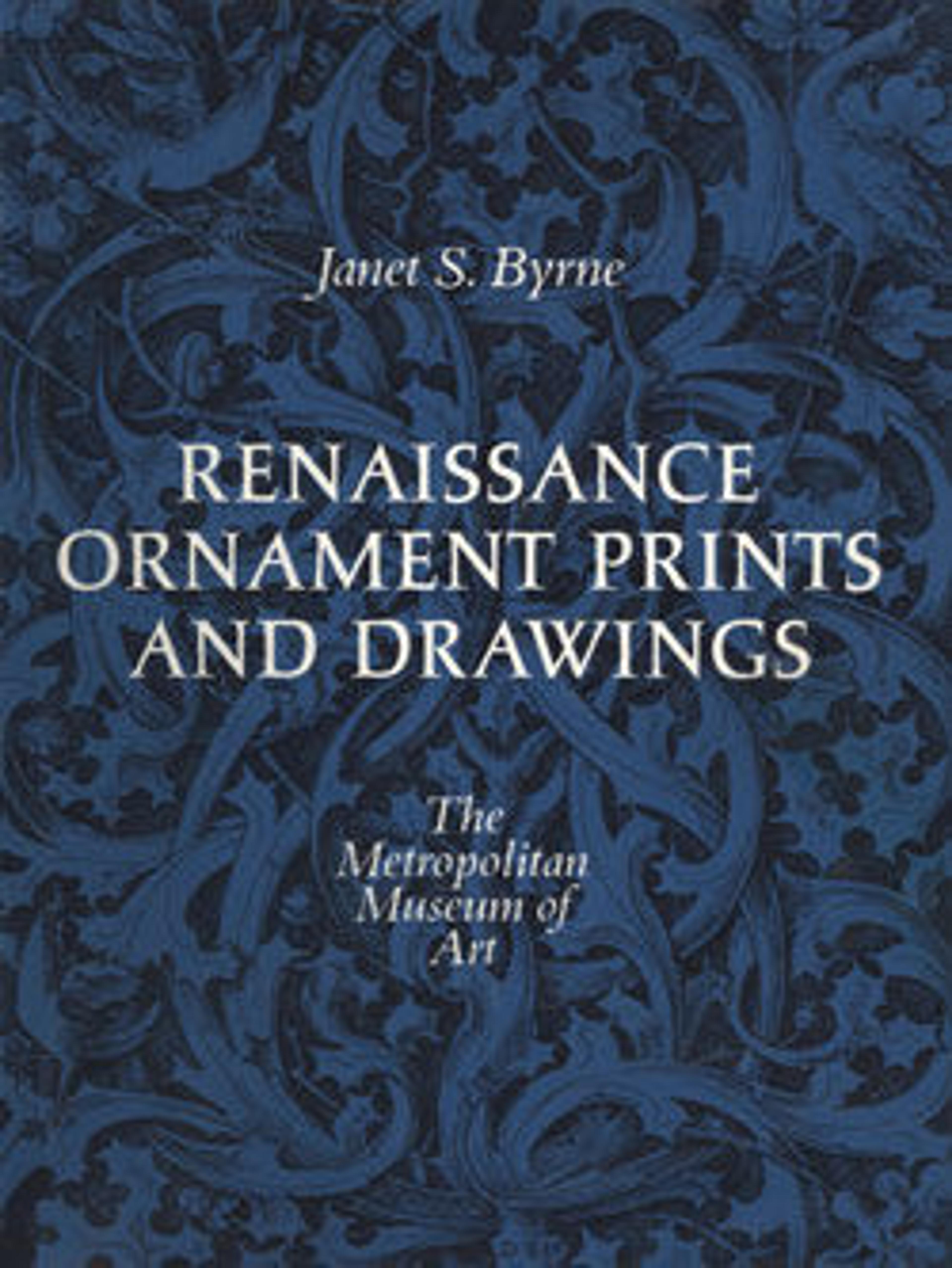Ruin of a round Temple [Templum Idor Egito], from the series 'Ruinarum variarum fabricarum delineationes pictoribus caeterisque id genus artificibus multum utiles'
Perspectival cross section of a building, said to be the ‘Templum Idor Egito’. The building has a circular floor plan and consists of a central round nave of three stories high, surrounded by an ambulatory that reaches up to the second floor. Both the walls of the nave and the ambulatory are characterized by arches that are open to the exterior. The nave is crowned by an oculus. The building is similar to, but cannot be identified as a known central-plan building from the Roman and Early Christian periods.
This print and several others in this series published by Gerard de Jode were copied after a group of Italian architectural prints, previously attriputed to the Master G. A. with the Caltrop, and first published in Rome between 1530 and 1550. The prints depict buildings from Roman Antiquity, ranging from triumphal arches to bath houses, temples and palaces in Italy, France and Spain. Some of the buildings have been artificially reconstructed based on Medieval descriptions, while others are depicted in their ruinous states.
This print and several others in this series published by Gerard de Jode were copied after a group of Italian architectural prints, previously attriputed to the Master G. A. with the Caltrop, and first published in Rome between 1530 and 1550. The prints depict buildings from Roman Antiquity, ranging from triumphal arches to bath houses, temples and palaces in Italy, France and Spain. Some of the buildings have been artificially reconstructed based on Medieval descriptions, while others are depicted in their ruinous states.
Artwork Details
- Title:Ruin of a round Temple [Templum Idor Egito], from the series 'Ruinarum variarum fabricarum delineationes pictoribus caeterisque id genus artificibus multum utiles'
- Artist:Lambert Suavius (Netherlandish, ca. 1510–by 1576)
- Artist:After print previously attributed to the Monogrammist G.A. with the Caltrop (Italian, 1530–1540)
- Publisher:Gerard de Jode (Netherlandish, 1509/17–1591)
- Date:1554
- Medium:Etching
- Dimensions:Plate: 6 3/4 x 4 7/8 in. (17.2 x 12.4 cm)
- Classifications:Books, Prints, Ornament & Architecture
- Credit Line:The Elisha Whittelsey Collection, The Elisha Whittelsey Fund, 1948
- Object Number:48.13.4(65)
- Curatorial Department: Drawings and Prints
More Artwork
Research Resources
The Met provides unparalleled resources for research and welcomes an international community of students and scholars. The Met's Open Access API is where creators and researchers can connect to the The Met collection. Open Access data and public domain images are available for unrestricted commercial and noncommercial use without permission or fee.
To request images under copyright and other restrictions, please use this Image Request form.
Feedback
We continue to research and examine historical and cultural context for objects in The Met collection. If you have comments or questions about this object record, please contact us using the form below. The Museum looks forward to receiving your comments.
